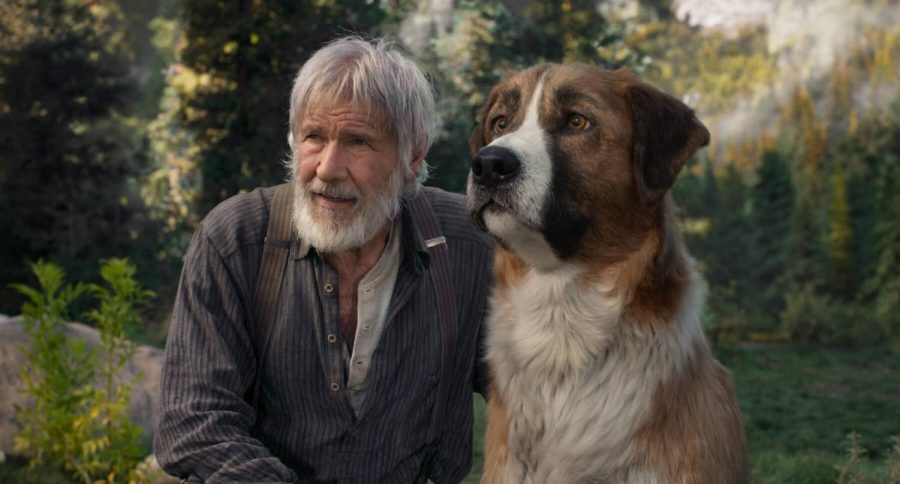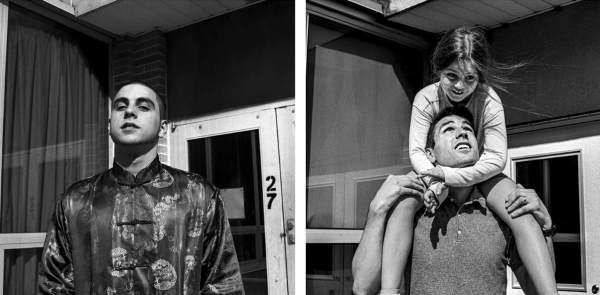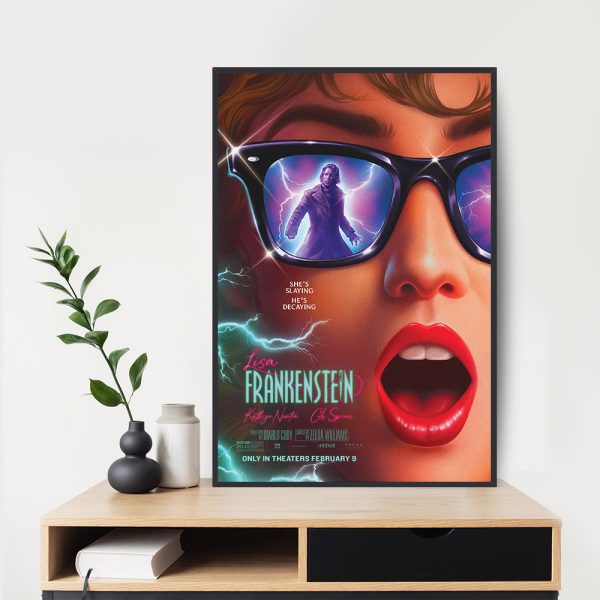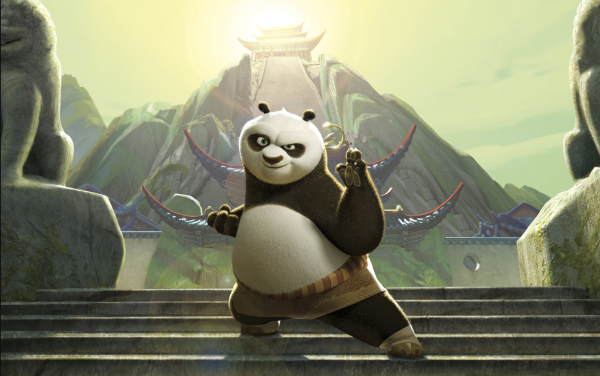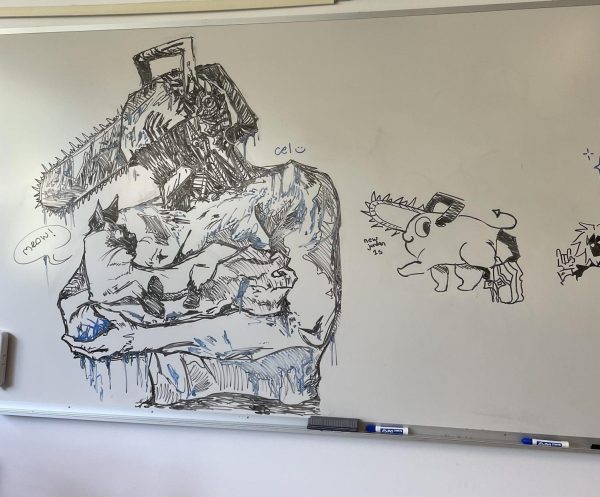‘The Call of the Wild’: Not your average dog tale
The movie, “The Call of the Wild,” was released in theaters on Feb. 21, 2020. The film revolves around a St. Bernard dog, Buck, and his journey as a sled dog.
Many movie-goers purposefully don’t see movies with dogs because they know they will be sobbing afterwards. That notion reigned true with “The Call of the Wild.”
“The Call of the Wild” was a rollercoaster; it had its emotional ups and downs, but the way everything settles at the end leaves you broken, yet remolded.
Based off of a novel published in 1903, “The Call of the Wild” tells the tale of Buck, a barely-tamed Saint Bernard dog living the high life in California. But when he gets dognapped and shipped up to Alaska to become a sled dog, his entire life changes. Buck, for the first time ever, needs to tap into his wolven instincts in order to survive. The closure this brings him as a character is beautiful to witness.

Frequently, Buck’s final actions are foreshadowed, which is always a great way of storytelling.
“The Call of the Wild” had some identical parallels to two films: “Spirit: Stallion of the Cimarron” and “Balto.” “Spirit: Stallion of the Cimarron” is the story of a spirit never broken, and Buck’s never is; additionally, the internal struggle between staying with man or leaving to become one with nature is identical. Buck, on his adventures, also crossed many rivers. Rivers symbolize rebirth; each time he passes one, his character changes piece by piece, turning more into a wolf than a dog.
Though “Balto” was based on a true story, and “The Call of the Wild” was based on a novel, it seems like the two are woven from the same cloth. The dog sledding scenes in the latter were uncanningly similar to those in “Balto.” Buck becomes head of the dog sledding team, who causes an avalanche, which they avoid by running into a cave (and bumping into stalagmites) that has an opening on the other side to escape. If the two scenes were to be lined up, it would be the same scene — except one is animated and the other is live-action.
All the dogs and wolves were CGI, and although many critics were opposed to this, it didn’t set this movie back at all nor take anything away from the plot. CGI, if done correctly, can allow characters to convey real emotions on cue — like this movie has done successfully. Sometimes, CGI can be better than using puppets or even actors (look at Thanos).
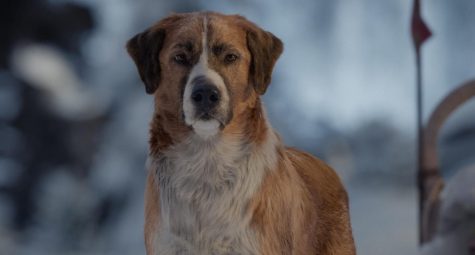
All the dogs within “The Call of The Wild” are CGI animated. Buck, the main character, taps into his wolven instincts in order to survive.
The dogs themselves were quite realistic in their actions, such as yawning with a high pitched screech, excited tail wags, frightened whimpers, and of course, the puppy dog eyes. The film worked hard to make the dogs and other animals the centerpiece of it; the people of the movie came and went, but the animals remained constant.
The movie was just as long as it needed to be. Because of all the foreshadowing, you know what will happen at the end of the film, even if you don’t want it to. Whether your tear-stained eyes can take it, is another matter. Movies like these make me appreciate my life more. I hope, when you see “The Call of the Wild” it does the same.
There are not many negative things to be said about this movie — except for a scene at the finale which lacked closure. However, it’s not hard to see the implications throughout that final scene to make you understand what truly happened.
The score was beautiful, the production design was on point, the characters and their backstories were very well woven in, and the language of the times was accurate. You can’t ask for much more than that.
This movie reminds viewers that dogs really are a man’s best friend. Though this film was advertised as a dog sled movie, it is so much more than that.

